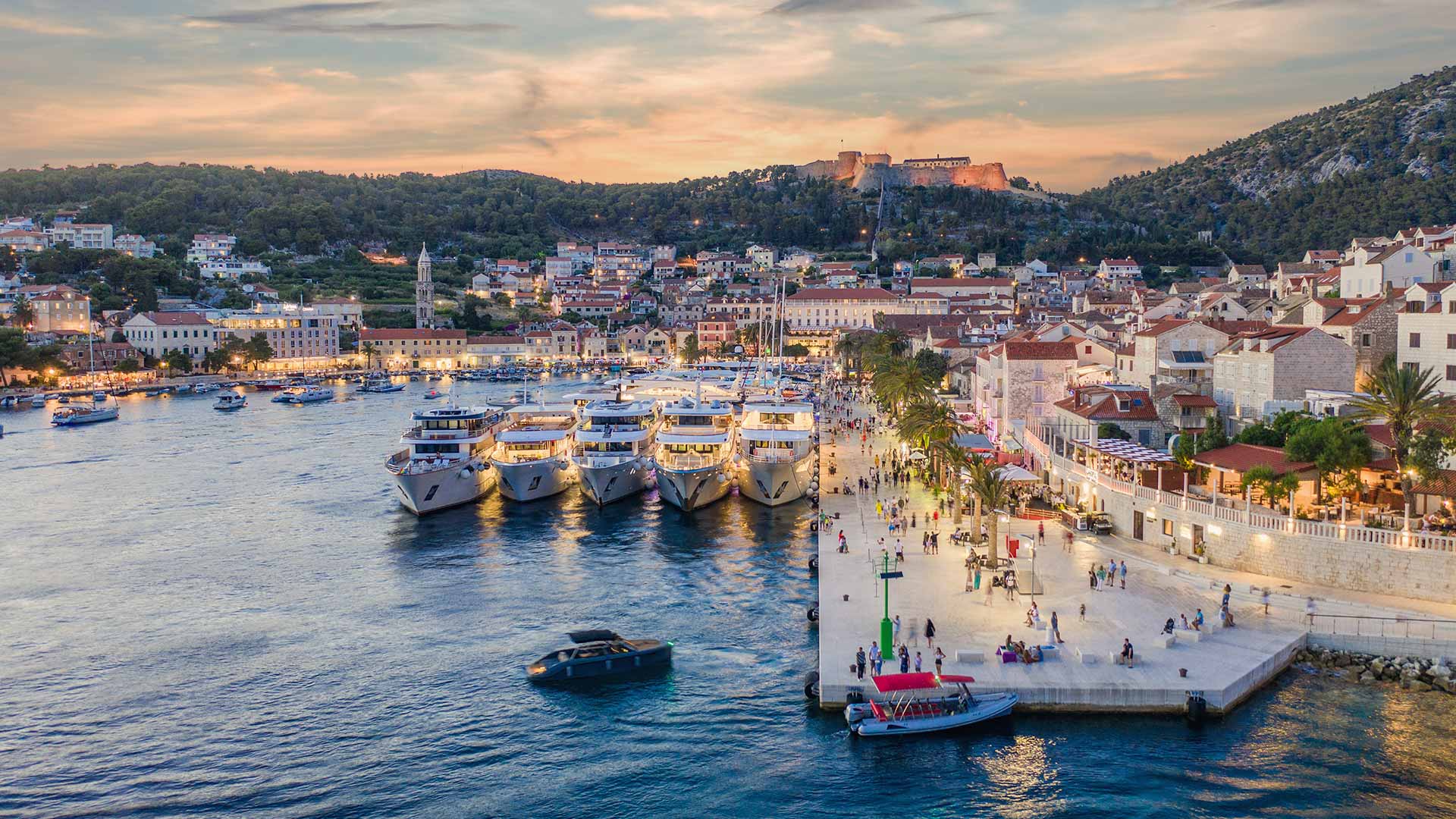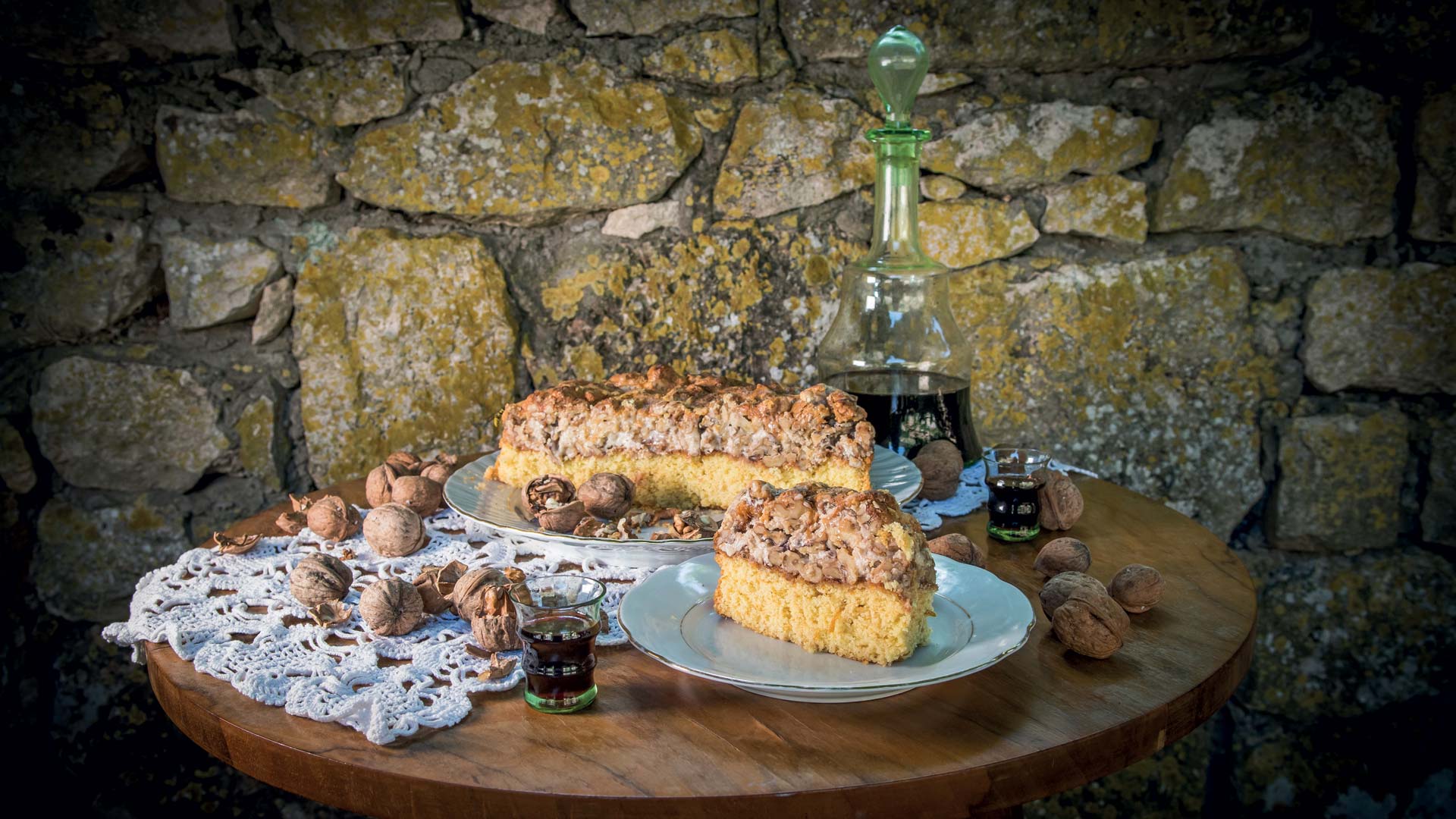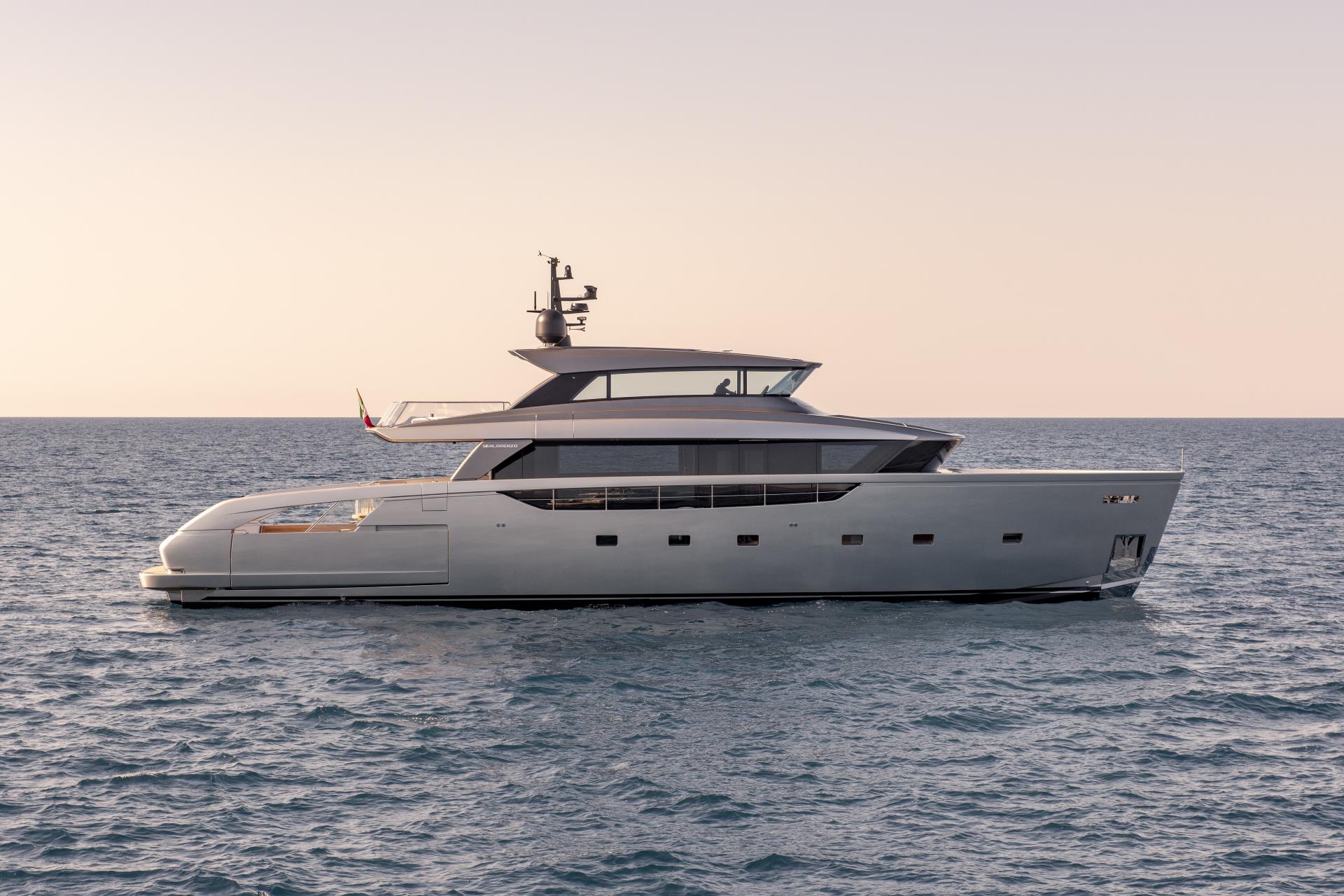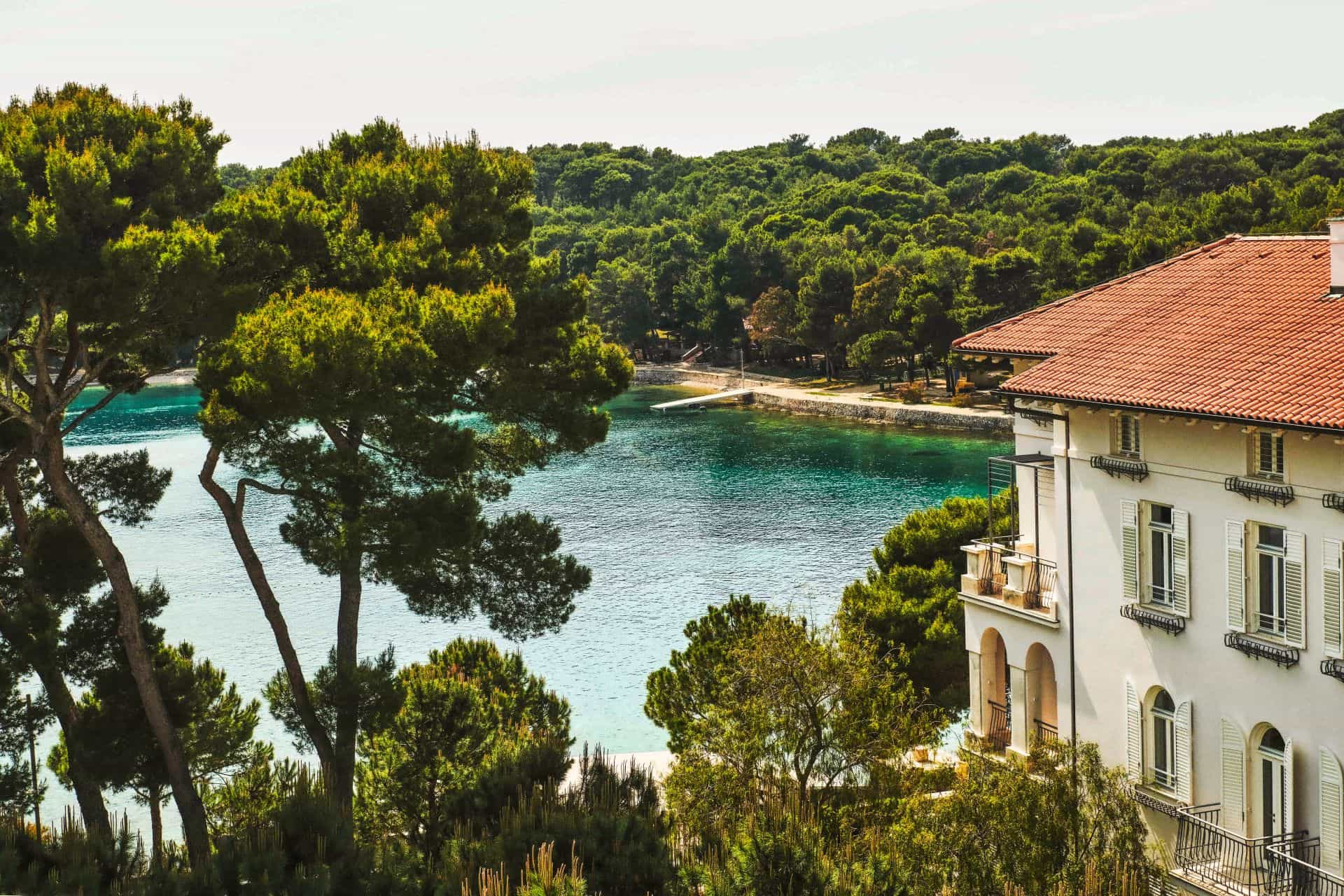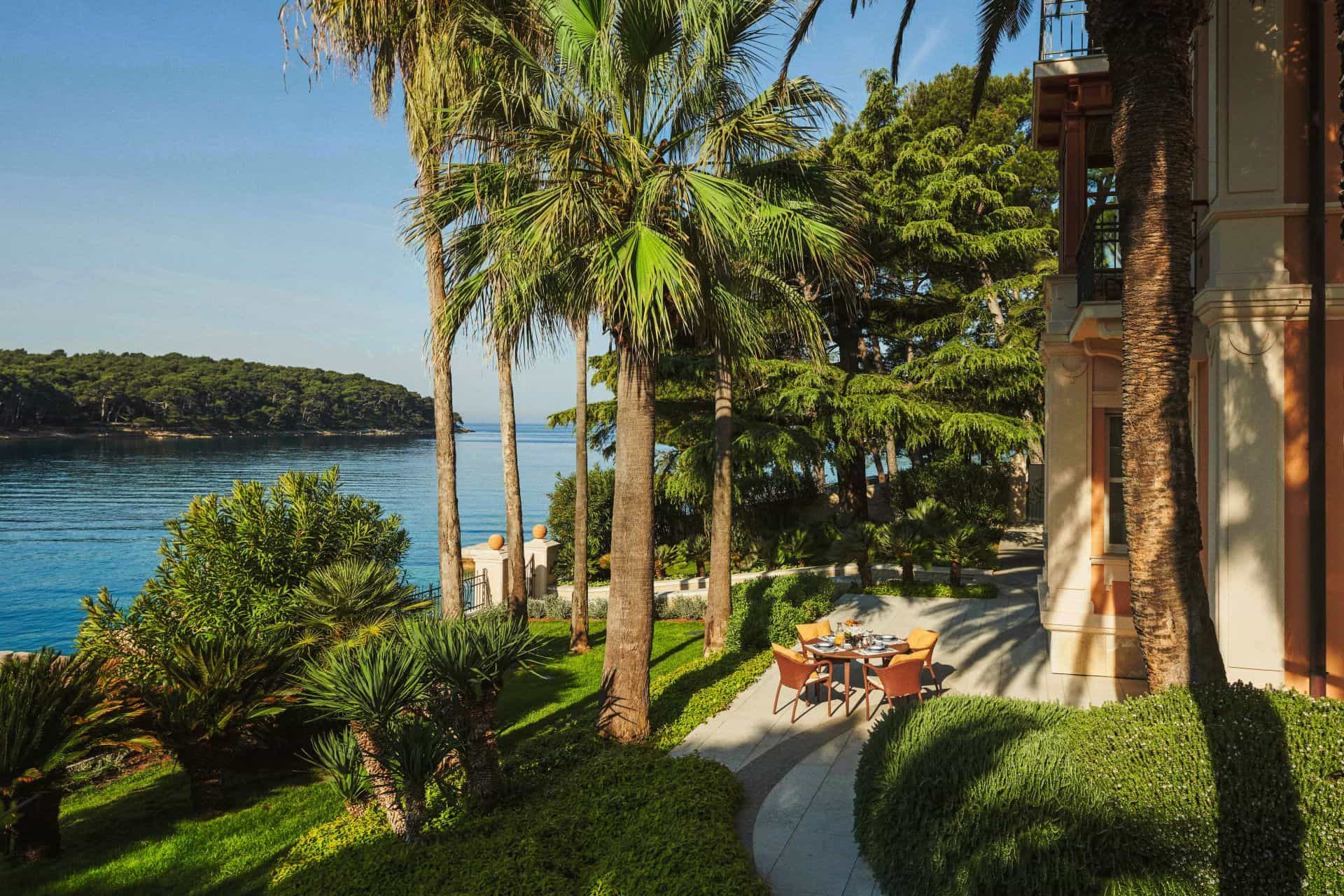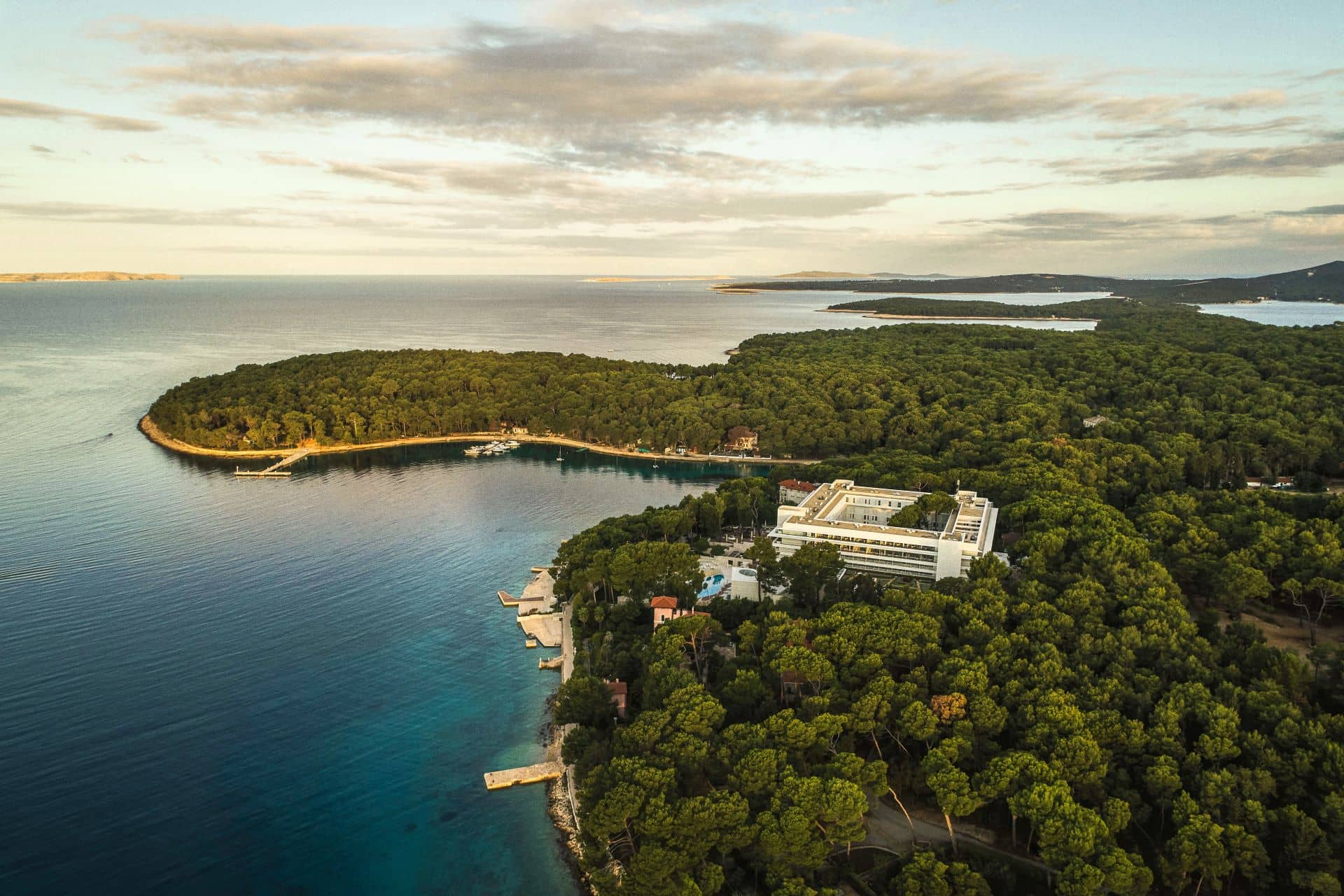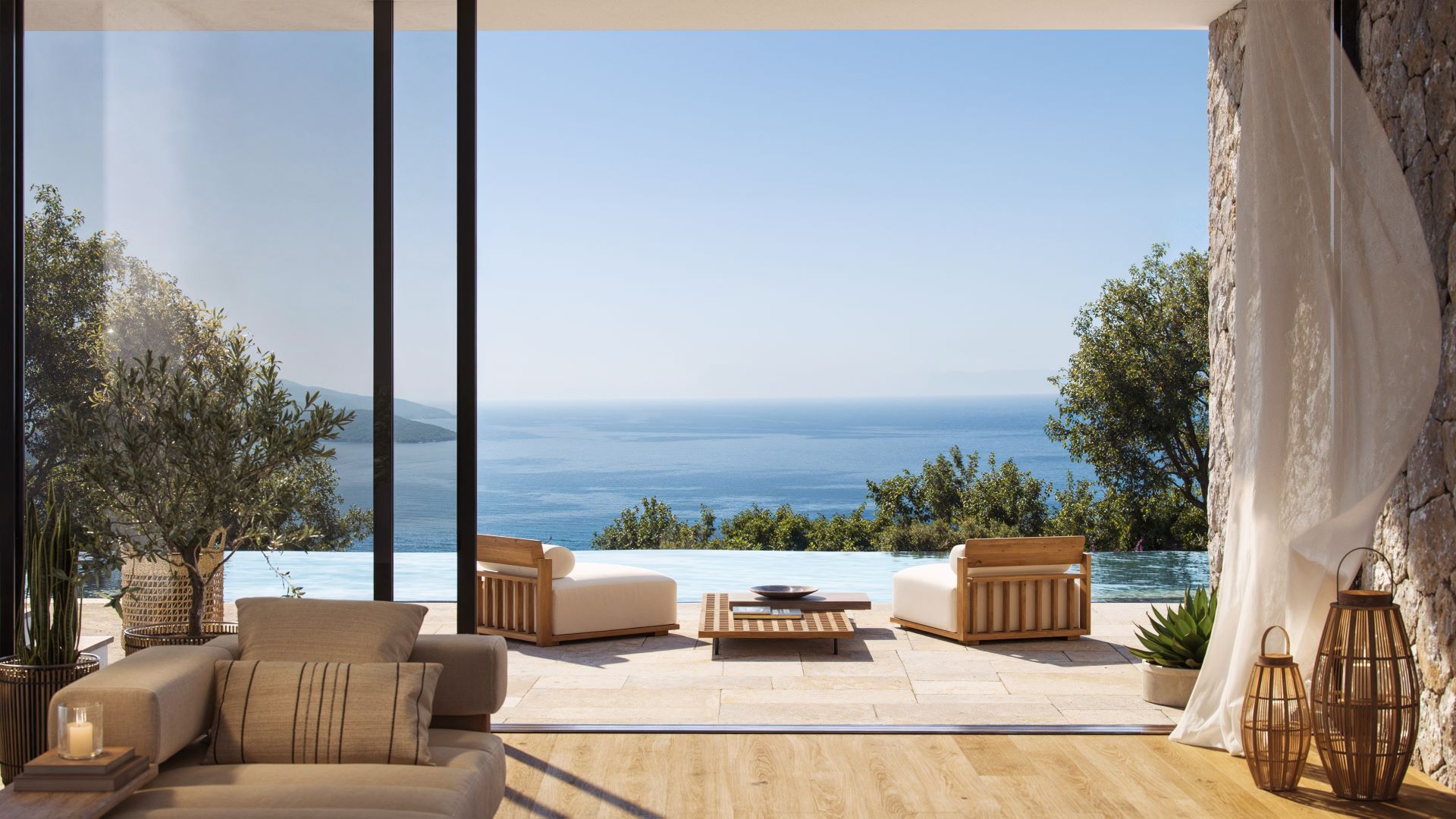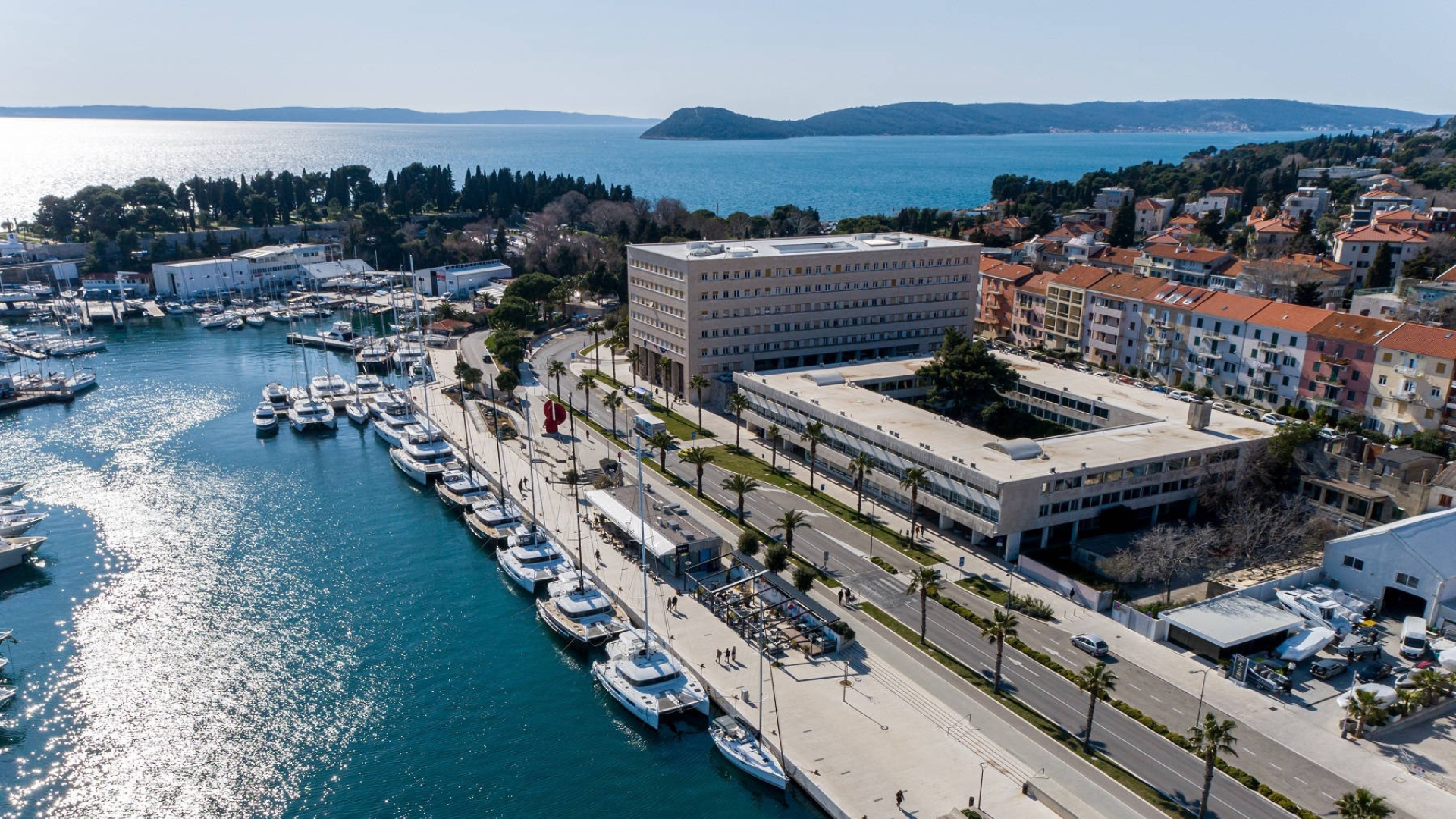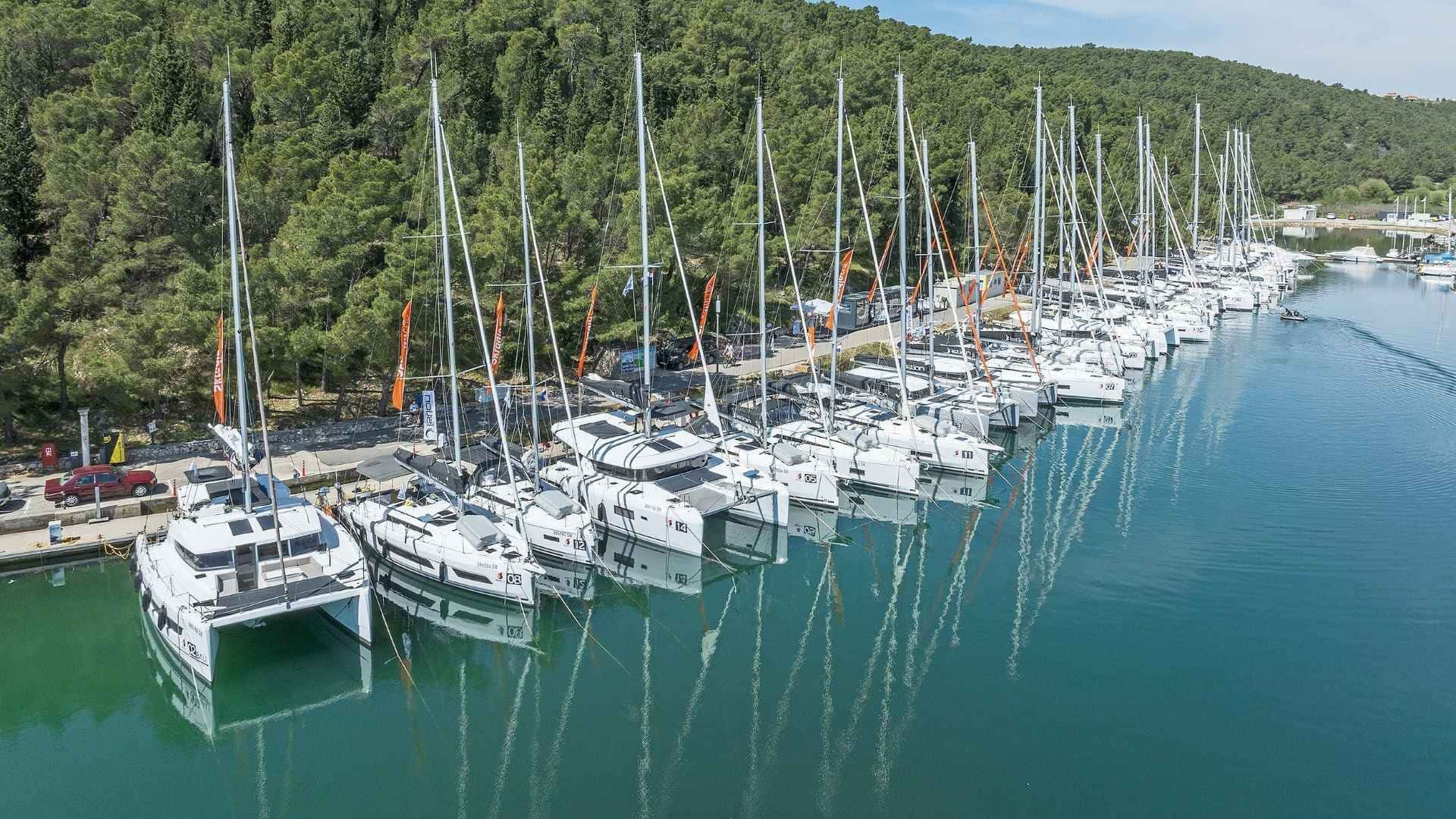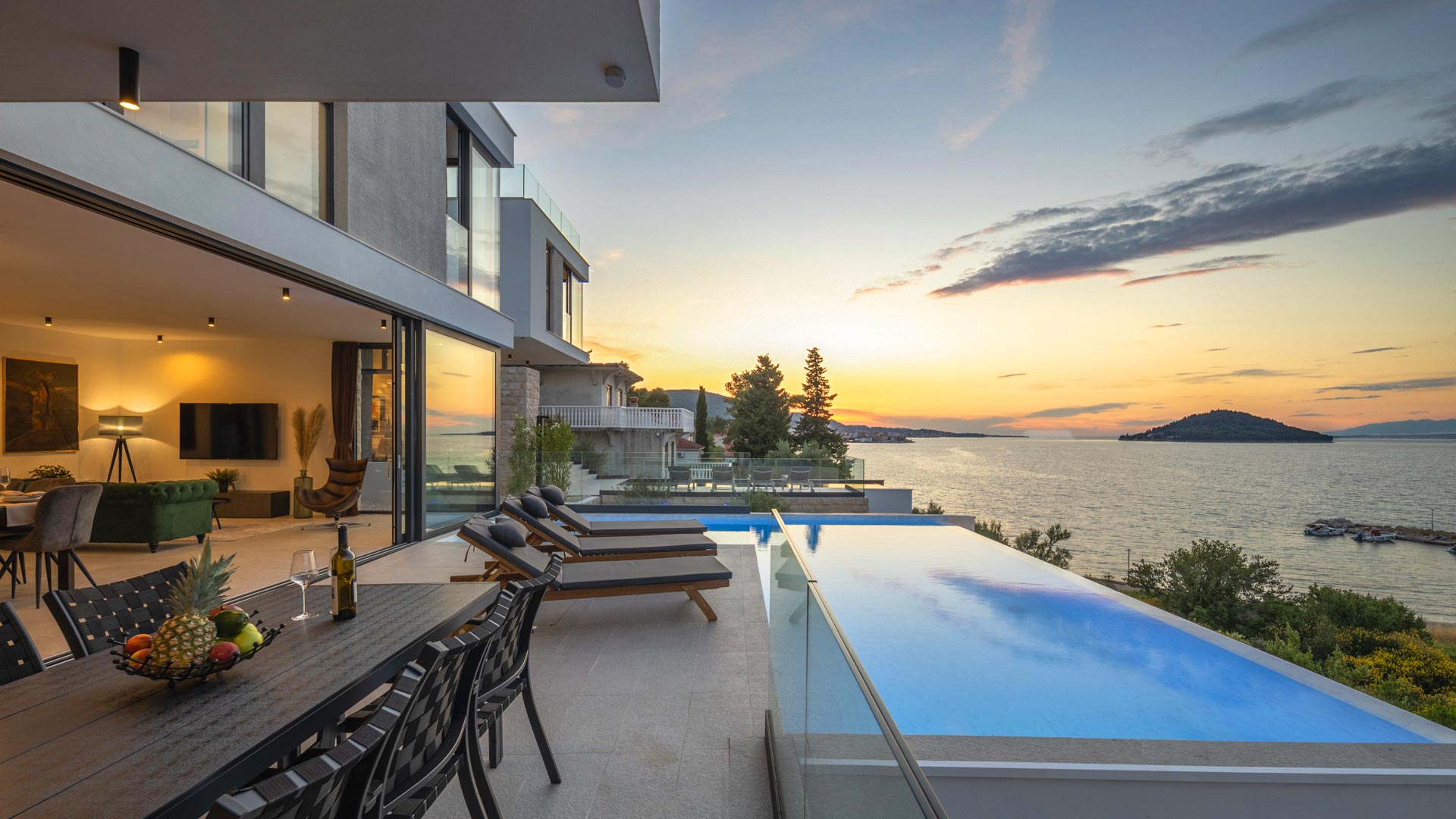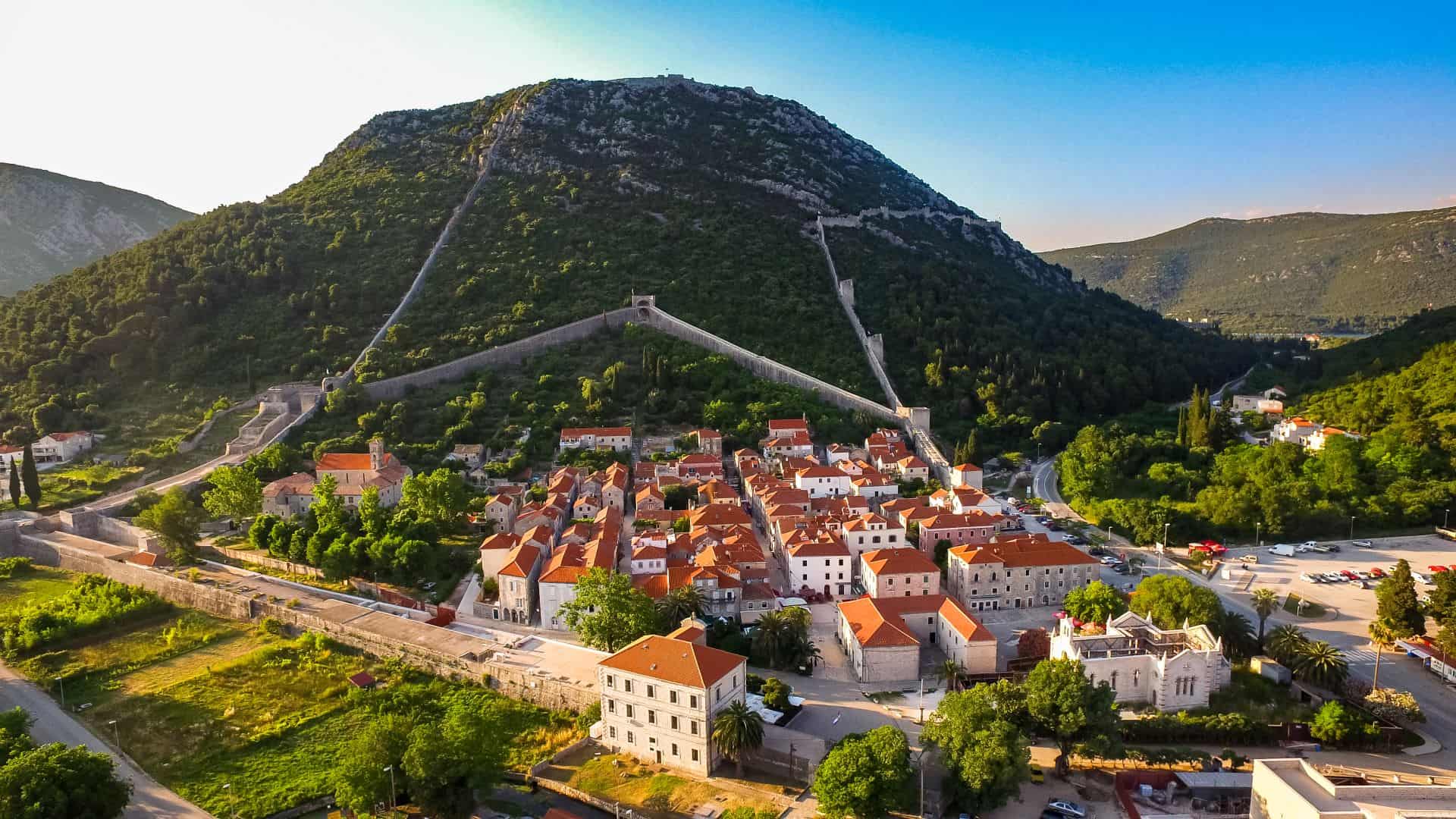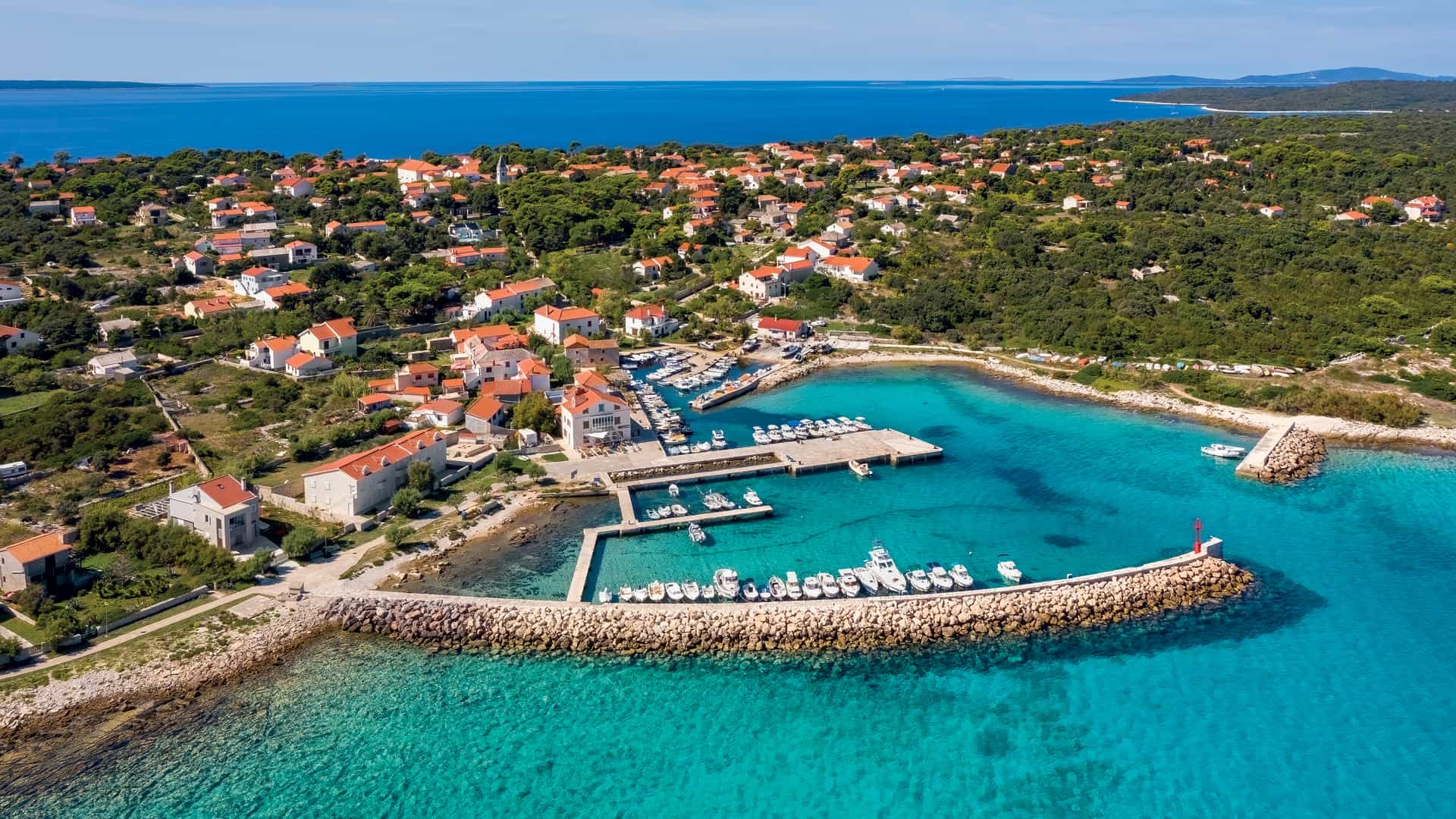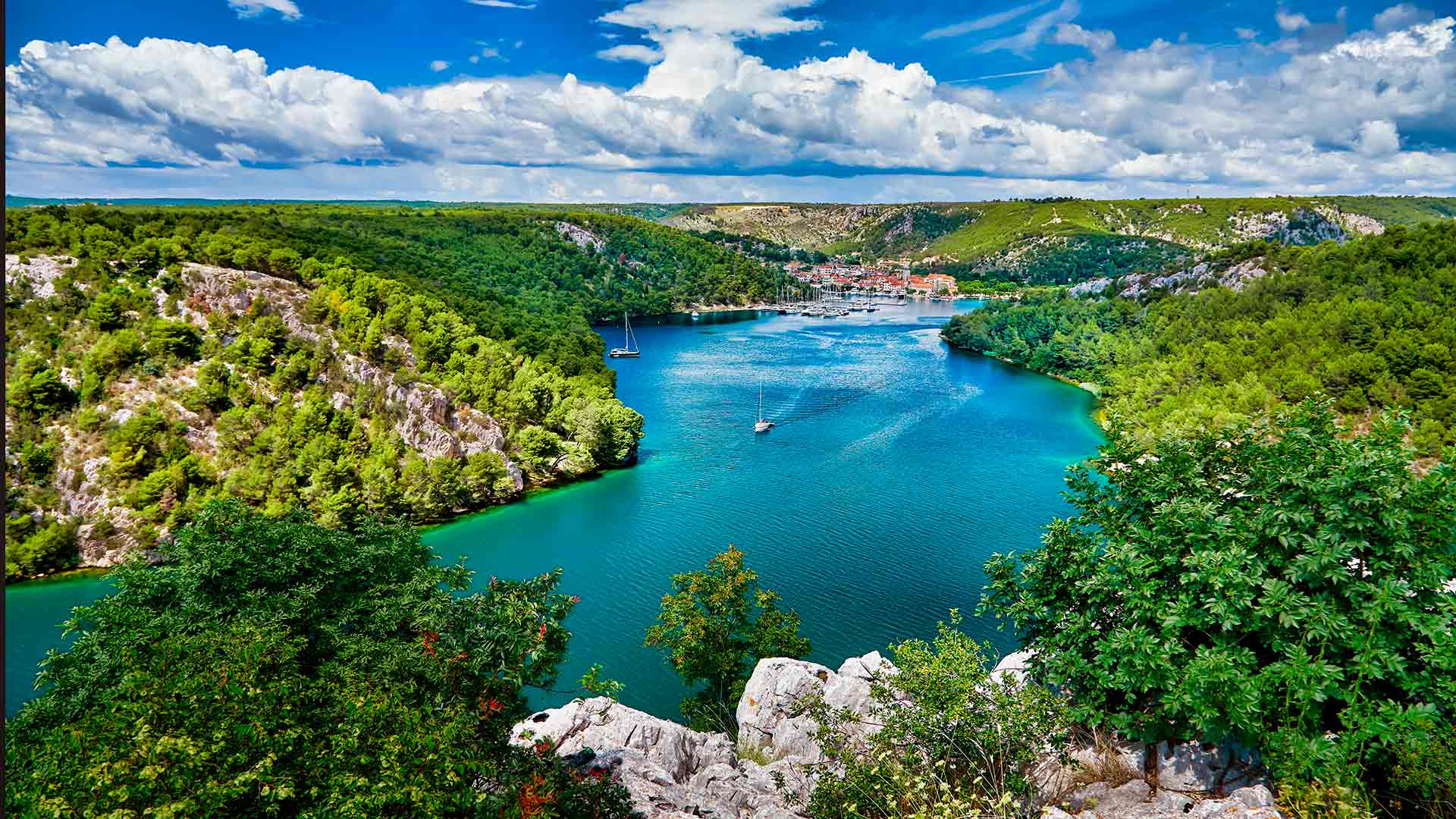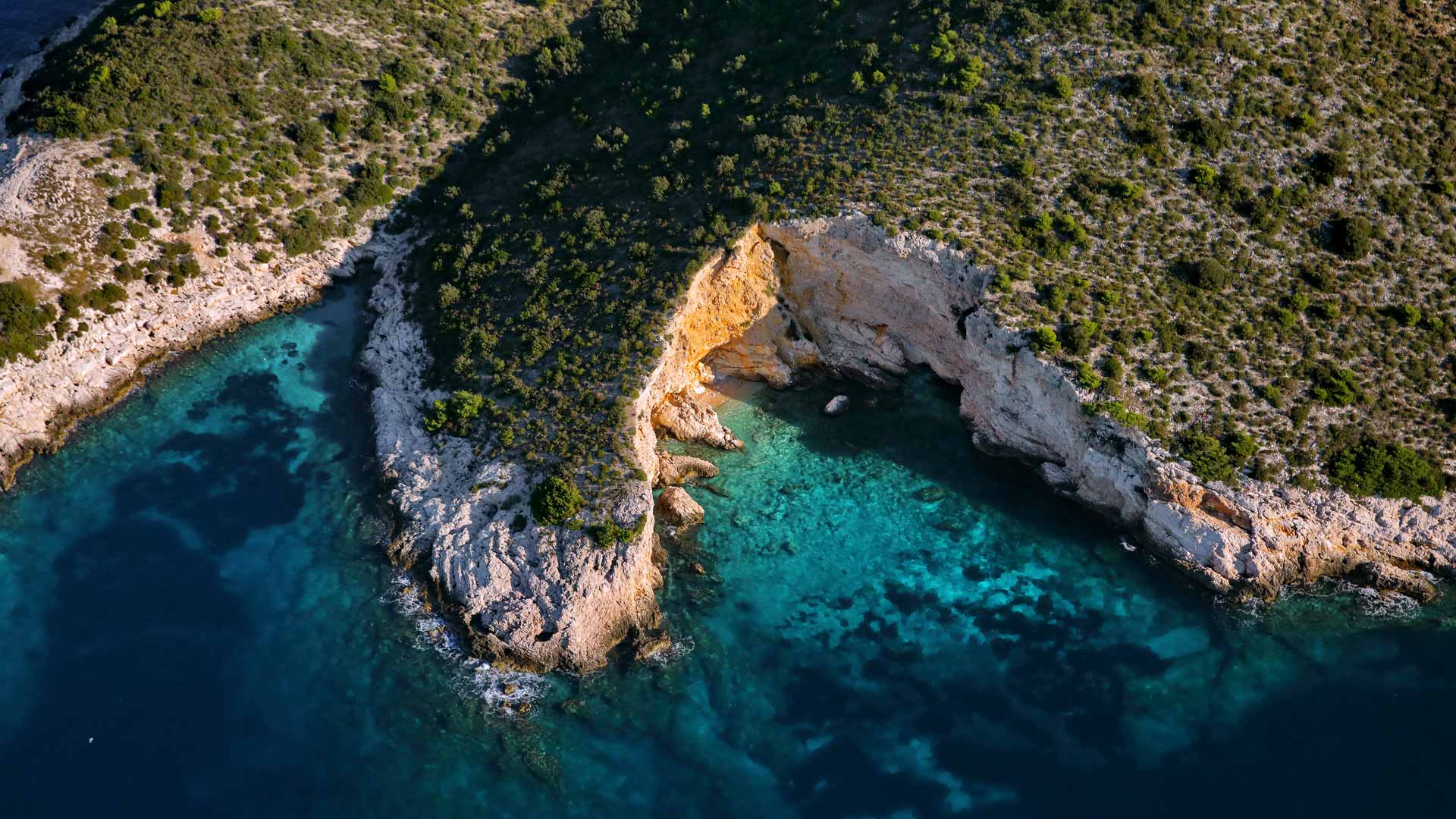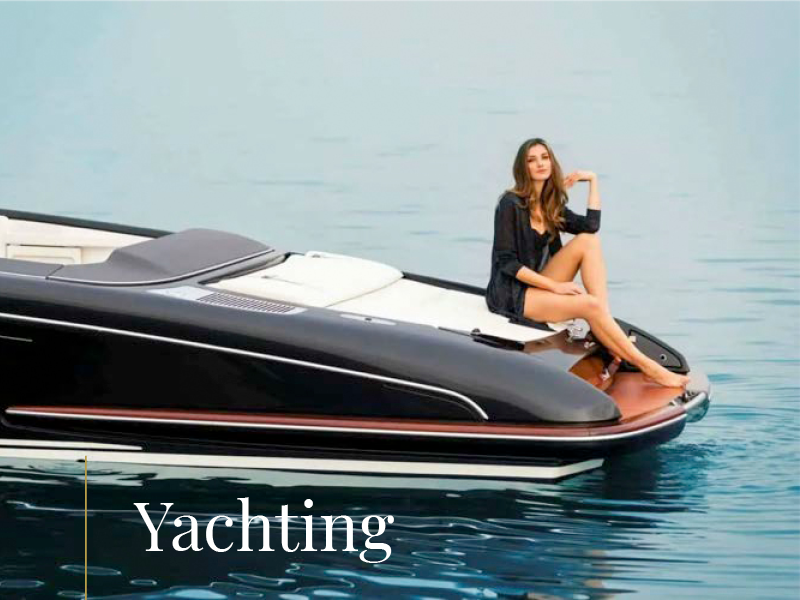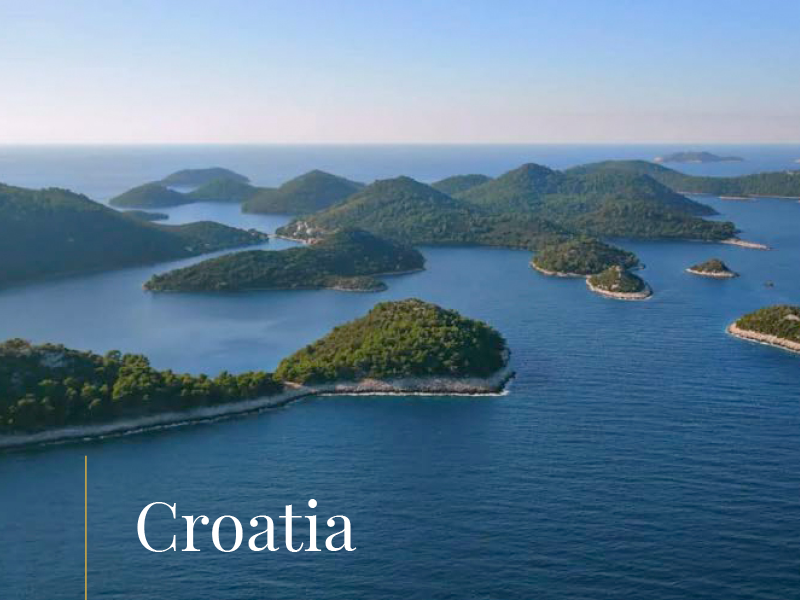Lošinj is a place where cultural heritage meets luxury, and natural beauty guarantees an extraordinary experience. Whether your passion lies with history, nature, or vacations on beautiful beaches, this Kvarner island offers a unique microclimate promoting health and vitality
Cultural Marvels and Coastal Opulence: The Essence of Lošinj Island
For years, the idyllic town of Mali Lošinj, ensconced within the radiant Adriatic Sea, has captured the hearts of affluent travelers across Central Europe with its blend of natural beauty, historical legacy, and luxury accommodation.
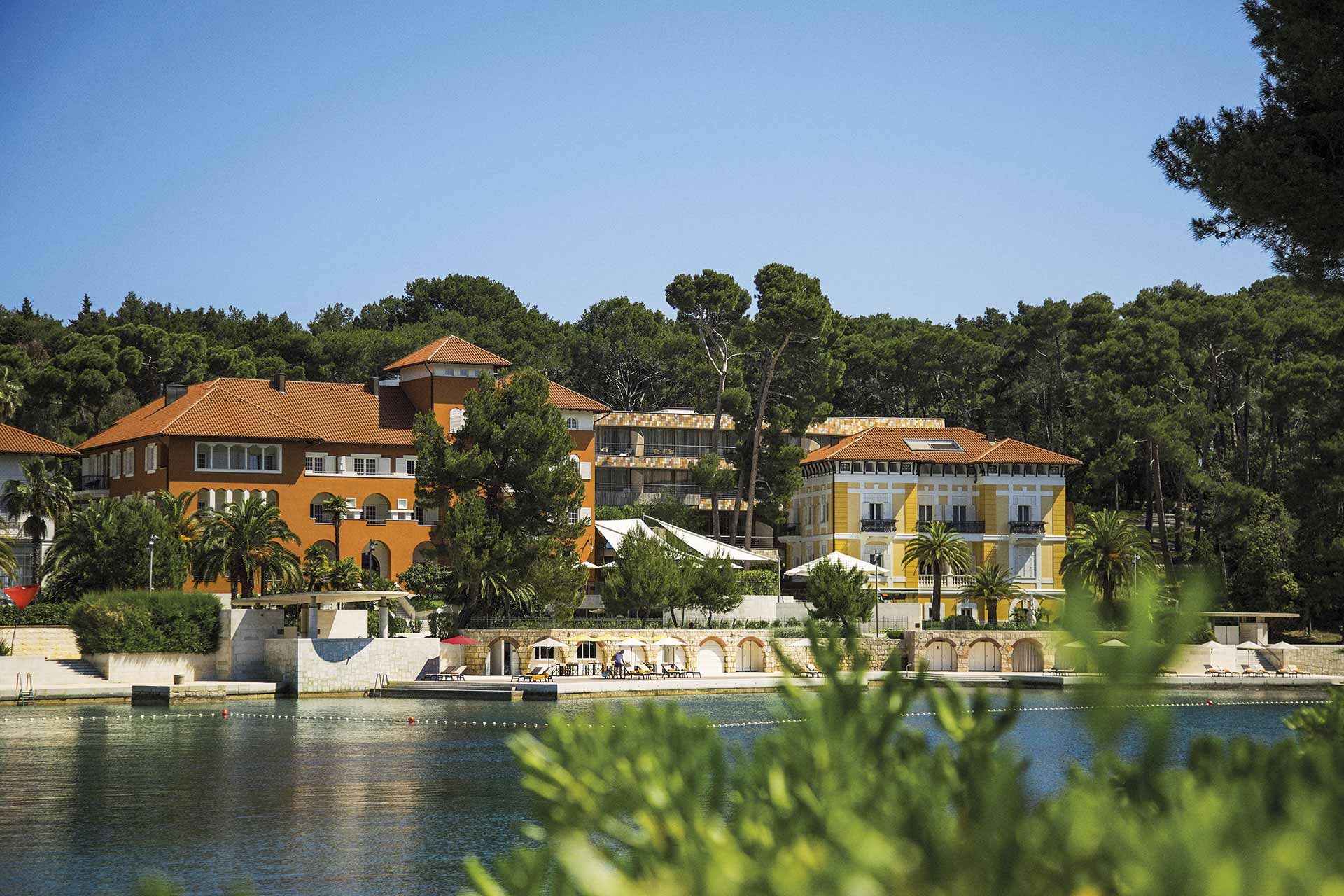
Much like how food and wine enthusiasts flock to the Dalmatian islands of Hvar and Korčula, this well-kept secret has gradually revealed itself to those pursuing immersive cultural experiences and the promise of a wellspring of vitality and wellness.
Luxurious Accommodations Meet Natural Beauty
Now, more global tourists are drawn to this Adriatic gem. With an array of new luxury properties that opened in recent years, including the Boutique Hotel Alhambra and the newly unveiled Captain’s Villa Rouge, visitors to the island of Lošinj are spoilt for choice.
At the soon-to-open Villa Sea Princess Nika, guests can immerse themselves in the island’s rich maritime history and unique microclimate that promises health and vitality.
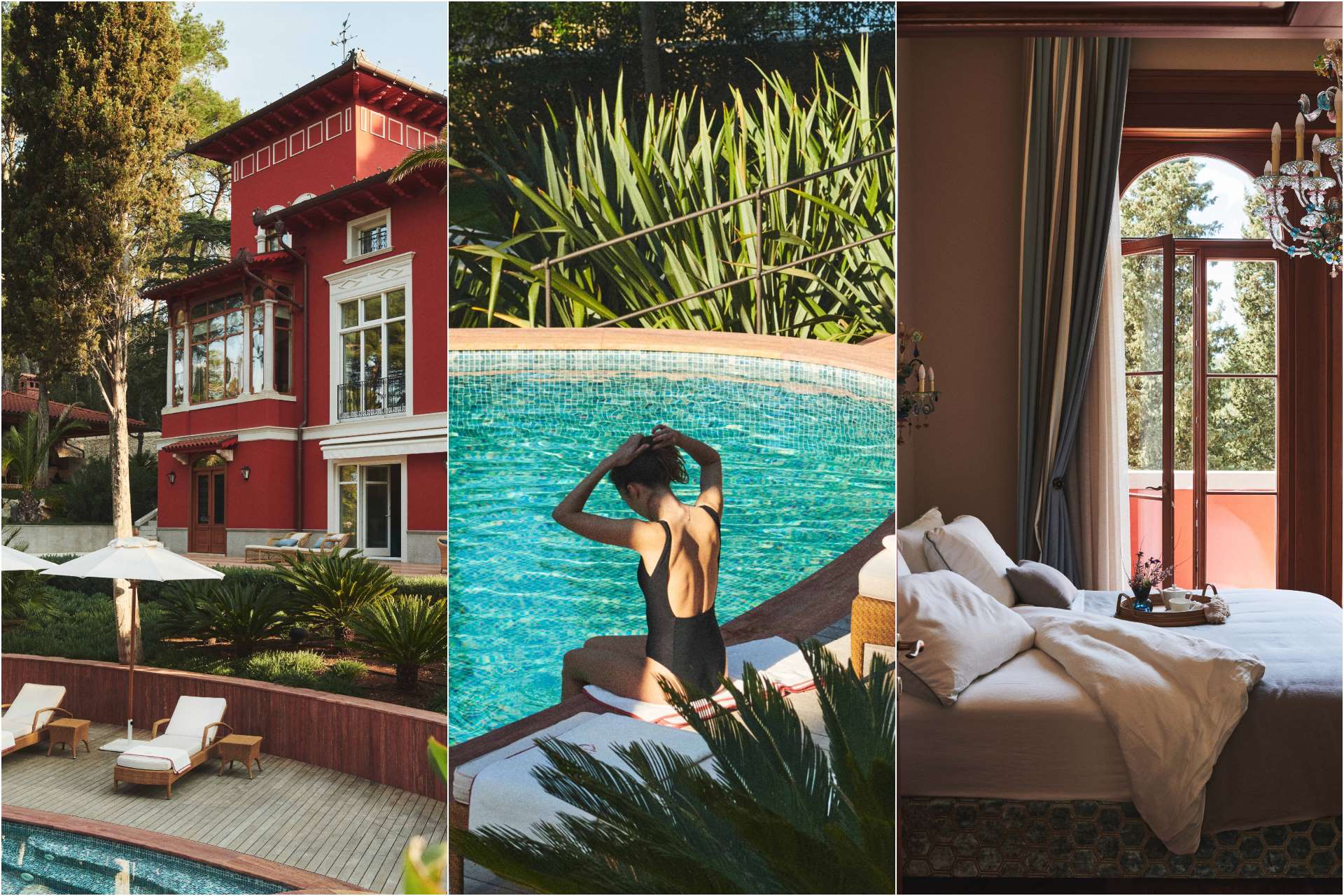
The vibrant spirit of Lošinj is a direct reflection of its heritage – as the stomping ground of daring sailors and influential shipowners who left an indelible mark on its history.
Today, the island is a thriving center for yachting and sailing, capturing the hearts of maritime enthusiasts from around the world.
In Lošinj, you don’t just travel; you embark on a journey of discovery. The island’s therapeutic landscape, filled with aromatic herbs and invigorating sea air, invites visitors into an experience that naturally promotes well-being.
Čikat Bay: Belle Époque Oasis on Island of Lošinj
As the sun dips below the horizon, you drift into the evening calm, unveiling the enchanting Čikat Bay – a hidden haven for those seeking moments of complete tranquility and tasteful elegance. Mooring your boat in this magical bay marks the beginning of an extraordinary journey where natural harmony meets the abundance of Lošinj Island. Every moment here is a masterpiece, woven with the scent of the sea and a gentle breeze.
Echoes of the past greet you with vistas of old guesthouses, Belle Époque villas, and grand hotels, each telling a tale of bygone gatherings and celebrations that honored Lošinj’s maritime legacy. Hotel Bellevue stands as a proud testament to this history, its walls whispering stories of festive banquets and New Year’s balls, inviting you to relive the grandeur that has graced these shores.
The soft ambiance of Čikat Bay sets the perfect scene for the evening, when you’ll immerse yourself in subtle glamor at Matsunoki restaurant. Here, the mastery of Japanese cuisine pairs perfectly with the Adriatic’s fresh offerings. Each dish paints a picture, a union of Japanese tradition and Mediterranean essence, capturing the spirit of land and sea in every taste.
At dawn the following day, waking up in Čikat Bay feels like a meditative experience. The morning light filters gently through the pines, and the nearby promenade invites you to wander, tracing the shoreline as it leads you to the historic heart of the island. Strolling along these paths, you uncover tales of Lošinj’s past, as the sparkling colors of the Adriatic enliven your every step.
Lošinj has long held the power to heal, graced by natural elements that earned it the ‘Island of Wellness’ title over 125 years ago. In the spa sanctuaries of Hotel Bellevue and Boutique Hotel Alhambra, nature’s gifts are exquisitely transformed into holistic rejuvenation rituals. Here, a rare blend of pristine seawater, rich with minerals, saline, and plankton, creates a detoxifying elixir.
Gulf streams warm this fertile marine habitat, cultivating over 800 species of microalgae, while the centennial pine forests and over 1,000 types of therapeutic plants fill the air with fragrant, healing aerosols. As you breathe in this blend of pine, salt, and sea, you experience a purity that soothes and revitalizes, offering a journey into wellness in the heart of Čikat Bay.
As afternoon approaches, venture to Konoba Cigale, where the simple pleasures of Adriatic flavors await. Fresh fish, local olive oil, and aromatic herbs come together to create a meal that is both unpretentious and deeply satisfying – a celebration of the region’s culinary traditions, best enjoyed with a view of the shimmering bay.
The day draws to a close as the beaches of Čikat Bay invite you for a final embrace of the sun and sea. You sink into the pebbles, lulled by the rhythmic waves, as the golden light casts its glow over the gentle waters, slowly fading into dusk. You surrender to the sea and sun, slowly fading behind the pines.
At twilight, the terrace of Alfred Keller restaurant gleams with a refined allure, where each detail recalls an age of enduring elegance. Housed in Boutique Hotel Alhambra, designed in 1912 for Baroness Gabriele Kersten, the restaurant’s terrace overlooks the turquoise bay, while its Michelin-starred chef, Michael Gollenz, presents a menu that marries tradition with artistic innovation. From Kvarner scampi to tender Adriatic fish filets, each course reflects Gollenz’s dedication to local ingredients and culinary mastery.
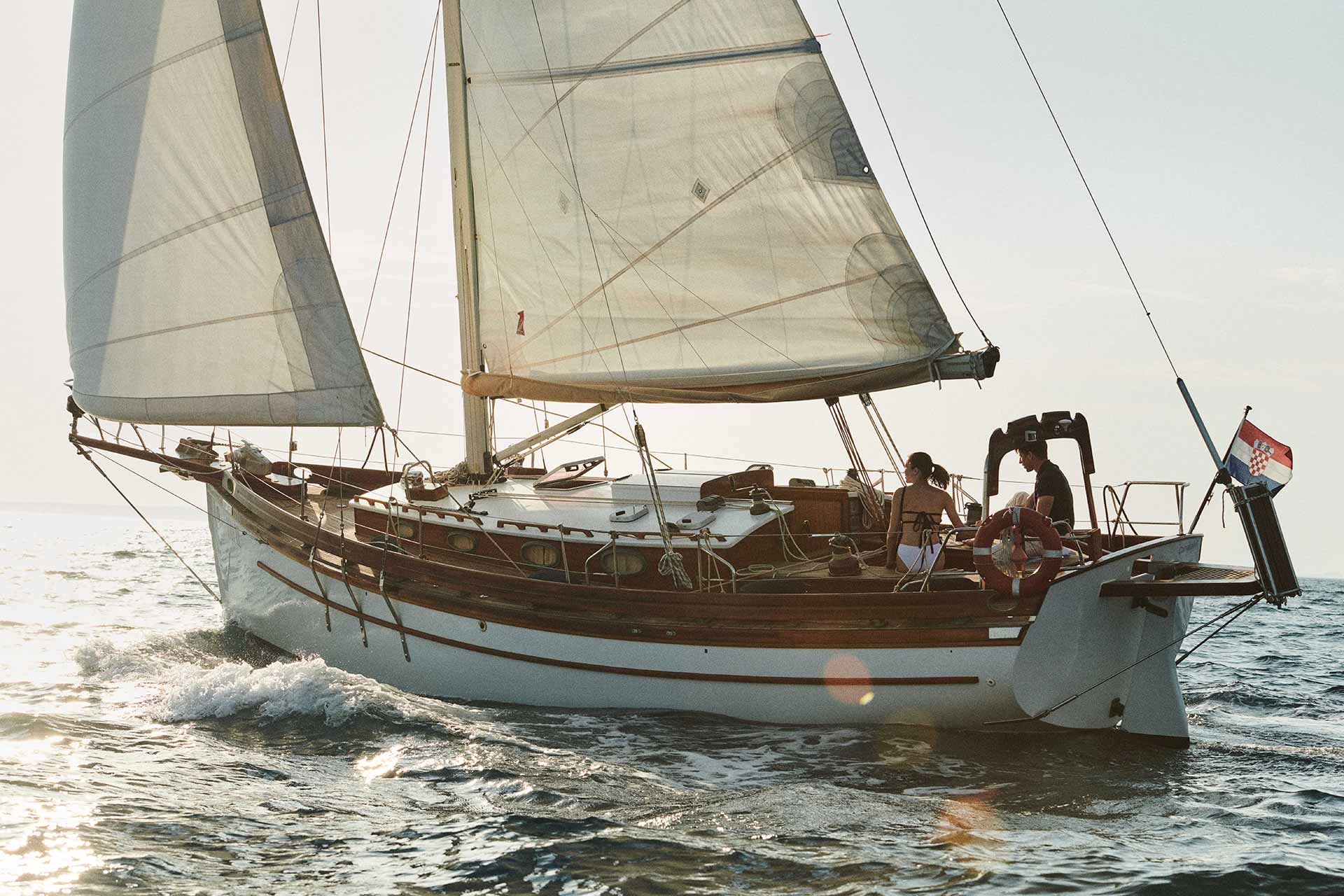
The day ends as you drift onto the deck of your boat, gazing at the stars as they begin to dot the night sky. The soothing sea breeze carries the whispers of Čikat Bay, blending the lights of the shore with the celestial beauty above. As you gently surrender to the peace of night, you are cradled by the simple luxury of this moment, where every sensation is touched by nature.
A Nautical Concert: An Unforgettable Adriatic Experience
Moreover, Lošinj’s special events calendar adds another layer to its charm. Among the most anticipated is the Nautical Concert, an unrivaled Adriatic experience taking place annually on Koludarac Island. Here, the Josip Kašman Wind Orchestra turns the serene bay into a stage, drawing locals and tourists from across the region to this open-air spectacle.
This captivating event began under the guidance of Maestro Josip Smojver in 1999, transforming the tranquil Engleza Bay into a paradise of sound and beauty each second Sunday of August. This year will be the 25th concert in the series, marking a quarter-century of unforgettable musical moments amid the island’s pristine nature.
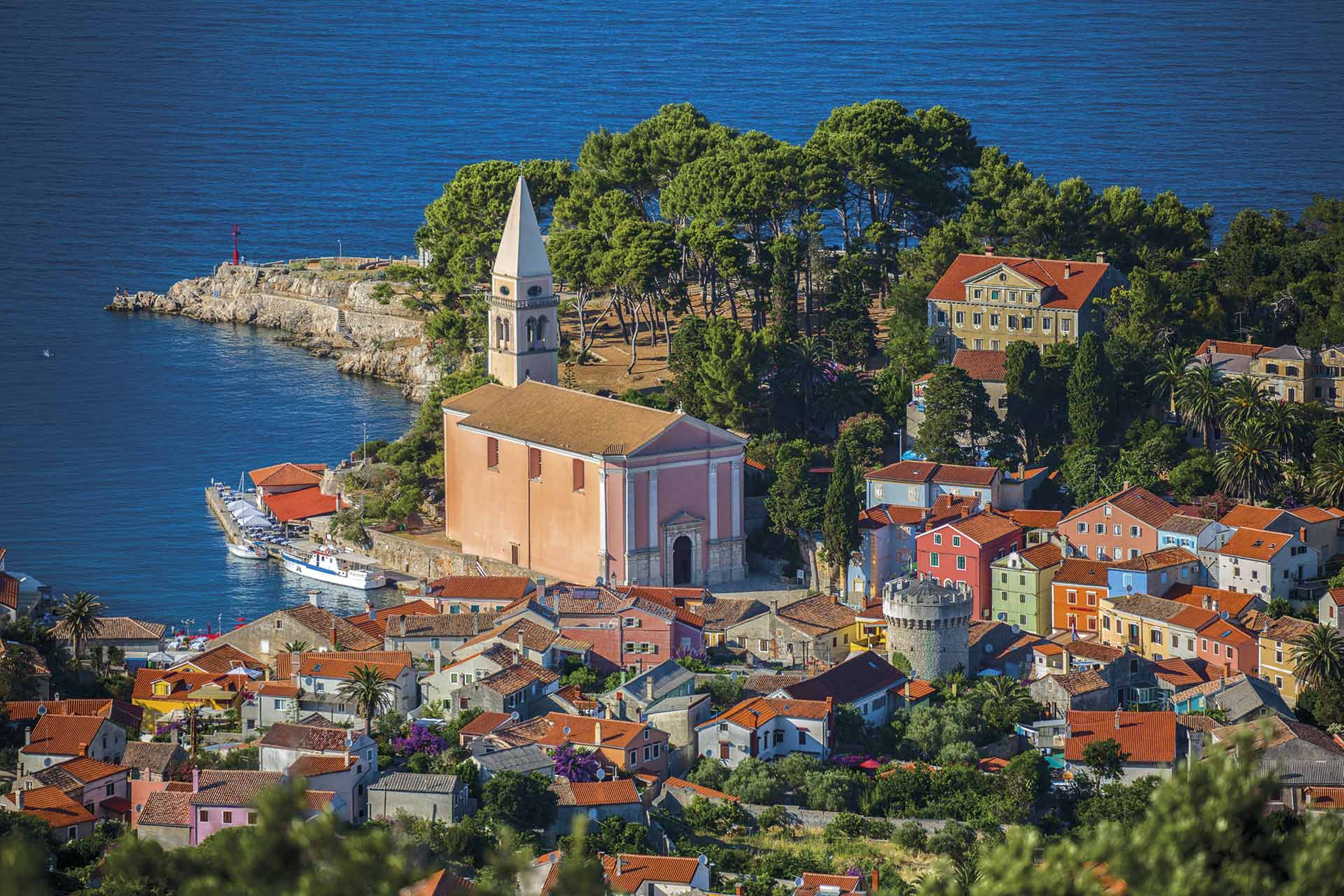
Croatian Apoxyomenos: Ancient Greek Artistry in Lošinj
Another thing that could serve you as an inspiration for putting up Lošinj out there as a place of cultural experiences is the Croatian Apoxyomenos (Hrvatski Apoksiomen). Discovered in 1996 by a Belgian tourist, it is an awe-inspiring example of Ancient Greek artistry. Submerged in the waters near the islet of Vele Orjule, the bronze statue dated from the 2nd or 1st century BC portrays an athlete (‘the Scraper’) removing sweat and dust with a strigil – a small, curved tool.
Though it was only retrieved from the sea in 1999, its restoration and public exhibition didn’t occur until 2006. Known for being the most complete and best preserved among its kind, the statue’s discovery and subsequent emergence from the Adriatic depths encapsulates a remarkable moment in Croatian and archaeological history.
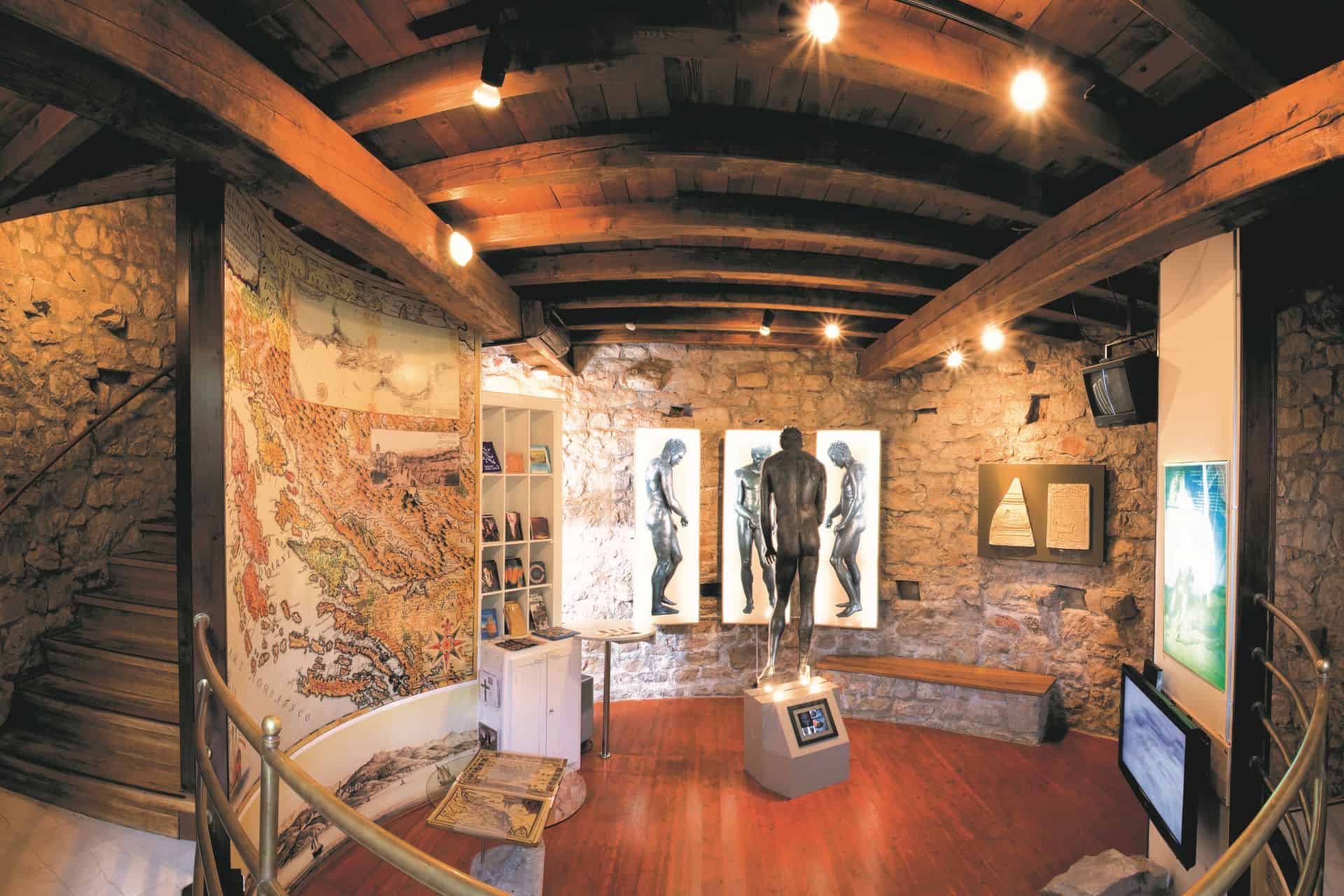
In Lošinj, visitors don’t merely discover a destination; they immerse themselves in a lifestyle where each moment brings new adventures, well-being, and unmatched experiences.
Intertwining Lošinj Island with Istria and Dalmatia: An All-Encompassing Experience
As more direct flights to Croatia become available, getting to this Adriatic paradise in 2024 will be easier than ever. Adding an enticing dimension to their journey is the option for travelers to intertwine a visit to island of Lošinj with immersive experiences in Istria and Dalmatia. This unique fusion creates a broader, all-encompassing Adriatic odyssey.
Their adventure begins and culminates with an exclusive private round-trip air charter from either Pula or Zadar airports. This provides a picturesque kickoff and a stunning conclusion, rendering their retreat nothing short of unforgettable. Prepare to set sail on a journey like no other.
Text Zoran Pejović
Photos Lošinj Hotels & Villas & HTZ / Goran Razić, Ivo Biočina
